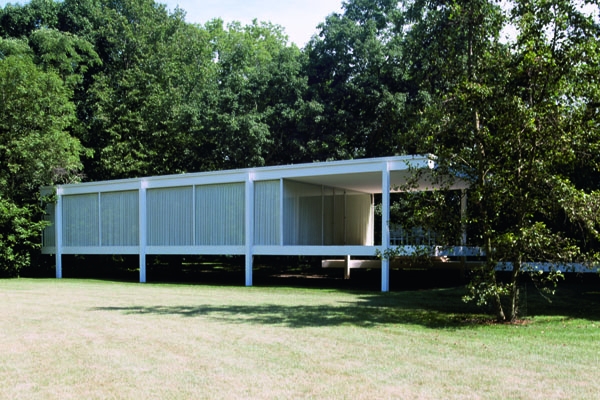Mies Van Der Rohe’s Farnsworth House is widely considered to be a masterpiece of modern architecture, yet the woman for whom it was built complained of the ‘alienation’ she felt in it, and described her architect as ‘simply colder and more cruel than anybody I have ever known’. Though much visited, it is unlived in, and its minimalist form seems better left untainted by any signs of life or individuality.
In contrast, a contemporary low-cost housing scheme in Chile by the architectural firm Elemental included future residents in the design process from the start. The resulting project provides basic accommodation, but leaves half the houses unbuilt: the gaps between each home can be filled in by the occupants — many used to building their own shelters in the favelas — in any way they wish. The result is unpredictable and lively: architecture in which the users are full participants in the creation of their environment.
These are among the many examples given by Rowan Moore in Why We Build that lead him to conclude that successful architecture is based on much more than ideas of beauty and form. Instead, while being forceful, architecture should retain an openness to evolution once built, and take into account the subtleties and unpredictablity of human existence. ‘Spaces that permit accident, are open to whatever is around them and understand their role as background or instruments, are more likely to create freedoms.’
This is a point of view shared by many, but one worth reiterating in the face of our media-dominated and corporate culture that favours buildings as photogenic and interesting objects that can also serve as branding tools. It is refreshing to hear the argument expressed in a balanced and informed way, which acknowledges the complexities and challenges of the building process, without any crude prejudice against ‘starchitecture’.








Comments
Join the debate for just £1 a month
Be part of the conversation with other Spectator readers by getting your first three months for £3.
UNLOCK ACCESS Just £1 a monthAlready a subscriber? Log in